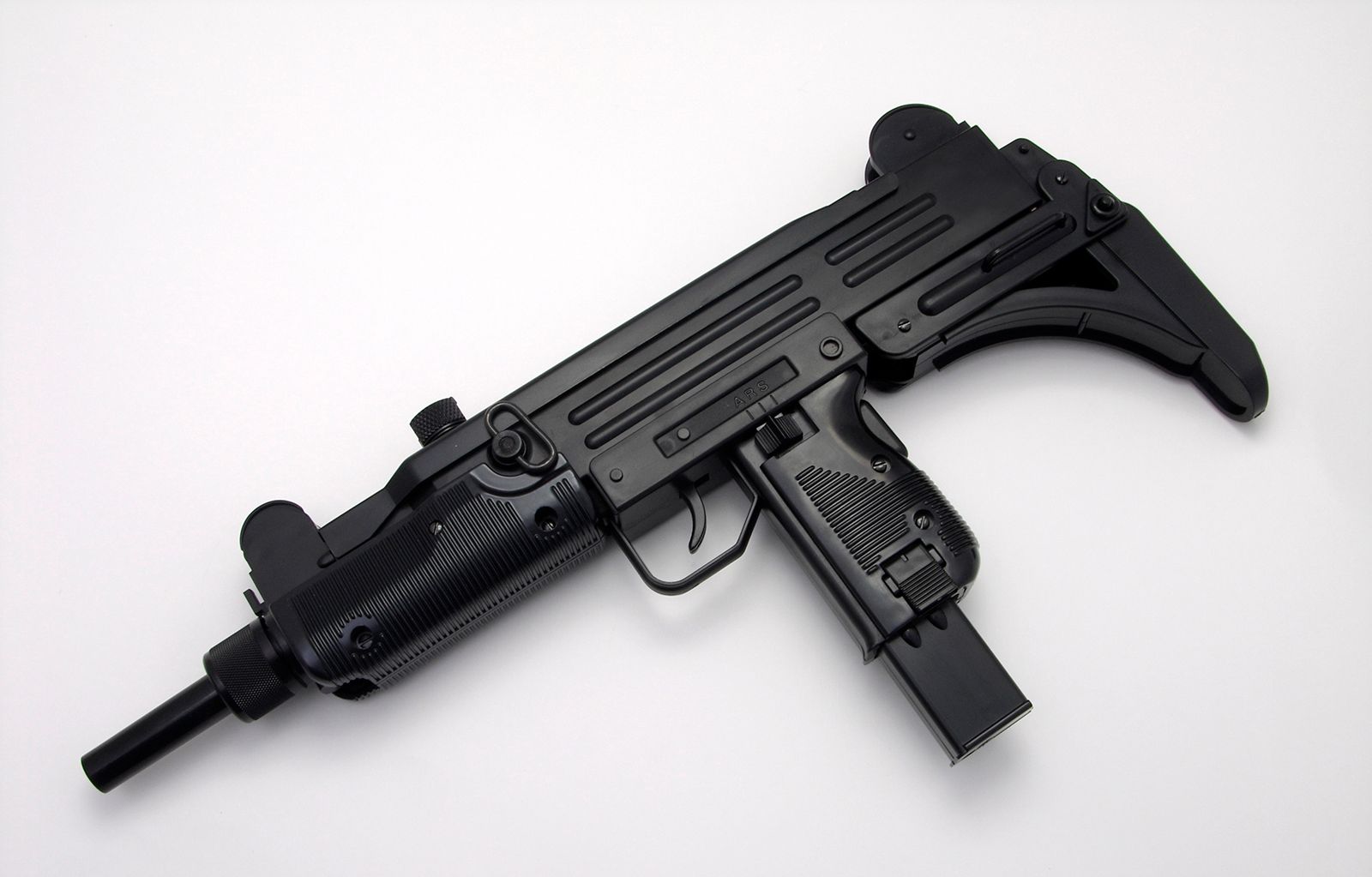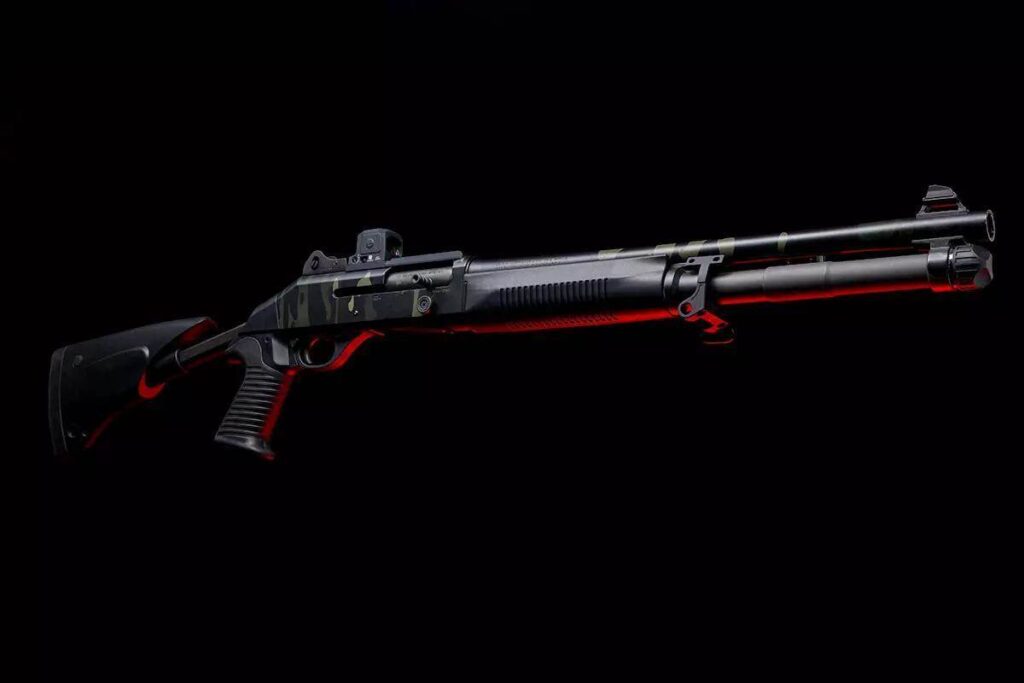There are a few guns out there that are household names. I don’t mean just known in gun households but in most households. Everyone knows what a Glock is, an AR-15, and an AK-47, and of course, everyone knows what an Uzi is. Why is the Uzi so iconic? What makes it such an icon and, dare I say, the most well-known? A while back, I wrote about the Uzi and its history, and part of that research was looking at its effect on pop culture. That leads me to a few conclusions on why the Uzi has become so iconic.
The Uzi Name
Legend has it that the creator of the Uzi, Uziel Gal, did not want the weapon he designed to bear his name. Well, we all know how that went. The Israeli Military Industries didn’t really care what he wanted. In 1954 I didn’t think they were thinking about branding, but it worked out well.
Uzi is easy to pronounce, short, sweet, and fun to say. Plenty of famous guns have model numbers in their name, but mixing numbers and letters aren’t always solid branding. The term Uzi, however, is short, sweet, and effective. It’s a brand name popular enough that IMI used it for name recognition with Jericho handguns and attached it to knives, batons, and more.
Advertisement — Continue Reading Below
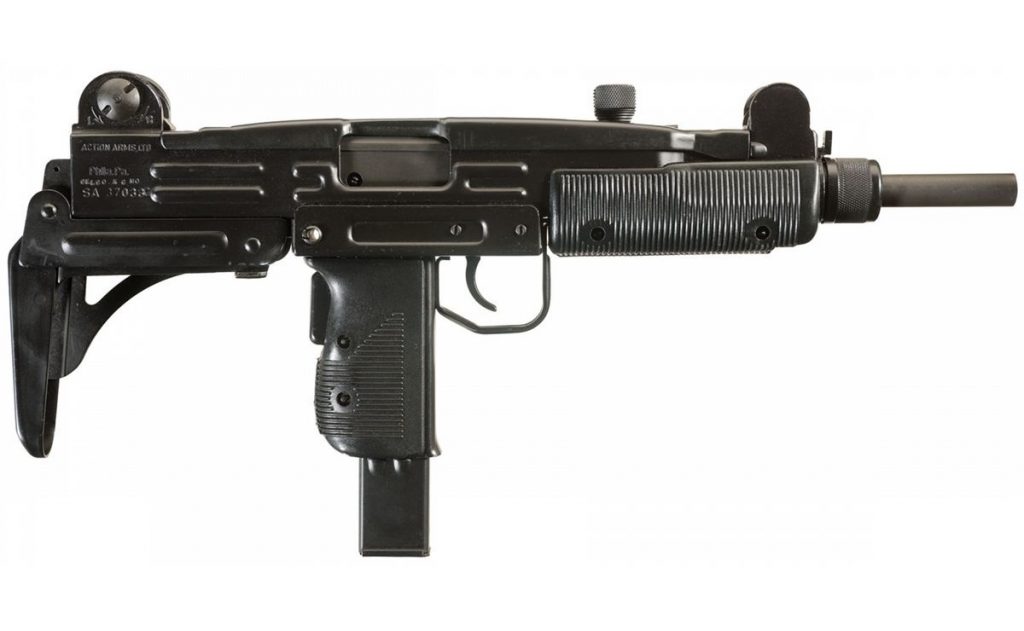
There is a reason why the term uzi became the go-to name for seemingly any handheld submachine gun of the era. Guns like the MAC series, TEC-9s, and more would be generically known as Uzis at times.
These big intimidating weapons made their way into rap lyrics, and now a search of the word Uzi results in hundreds of mentions that represent music internationally. You can’t escape good branding.
Advertisement — Continue Reading Below
Right Place, Right Time
The Uzi hit the market in 1954, just in time to find itself in the Suez Crisis of 1956. From then onward, the gun participated in Israel’s numerous conflicts and was often on the winning side. This gave the gun and the men carrying them a great deal of quick fame.
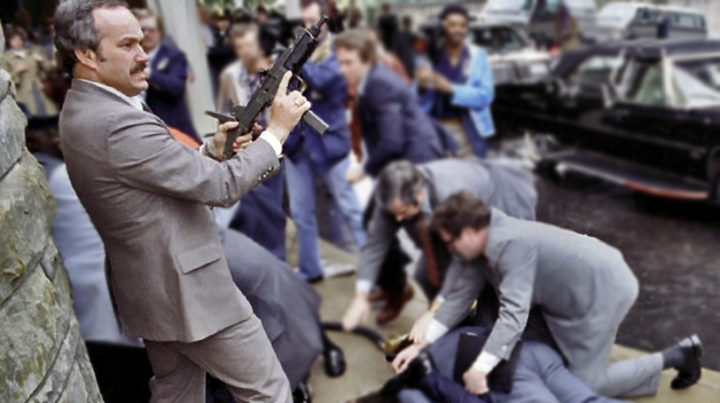
In the 1960s, the United States Secret Service adopted the gun, leading to two iconic photographs. The first was a group of hard-looking men in suits riding on all sides of a convertible carrying Uzis. The men were responding to a hostage taker at Augusta National Golf Course.
Advertisement — Continue Reading Below
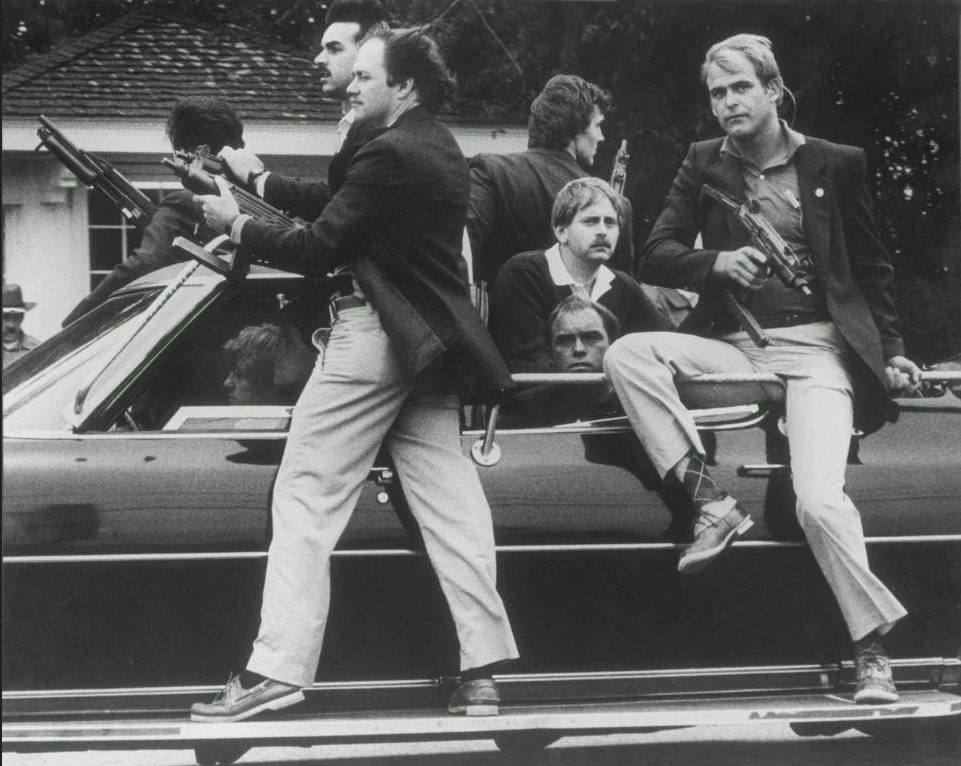
The second was another Secret Service agent named Robert Wanko pulling an Uzi when John Hinckley Jr. attempted to assassinate Ronald Reagan.
Innovative Design
The Uzi was fairly innovative for the era as well. Fitting the magazine into the pistol grip saved space and made the weapon shorter, making it more compact and handier than guns like the M3 and PPS-41. A folding metal stock guaranteed it could fit in a briefcase and still function like a full-sized SMG.
Advertisement — Continue Reading Below
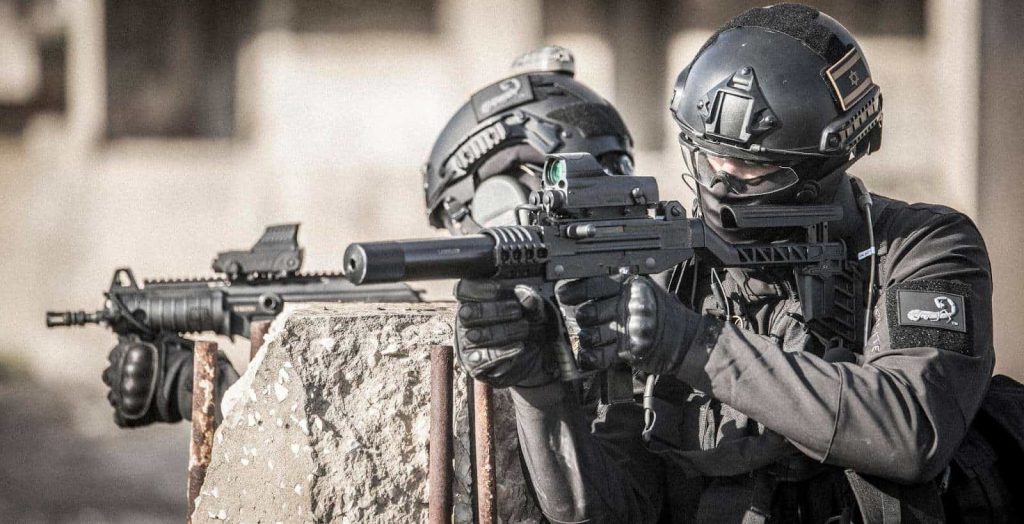
The telescoping bolt design was quite the revolution and allowed the gun to remain compact. Inside sat a fairly simple, open bolt, direct blowback gun. It’s not complicated by any means and performed reliably in numerous environments.
Worldwide Sales
Israel isn’t shy about exporting their weapons and selling them around the world. By 1995 they had already made 2 billion from selling Uzis to 90 different countries. The Uzi was also cloned unofficially by China and licensed by numerous other countries. This has put the weapon in the hands of soldiers and police officers around the world.
Advertisement — Continue Reading Below
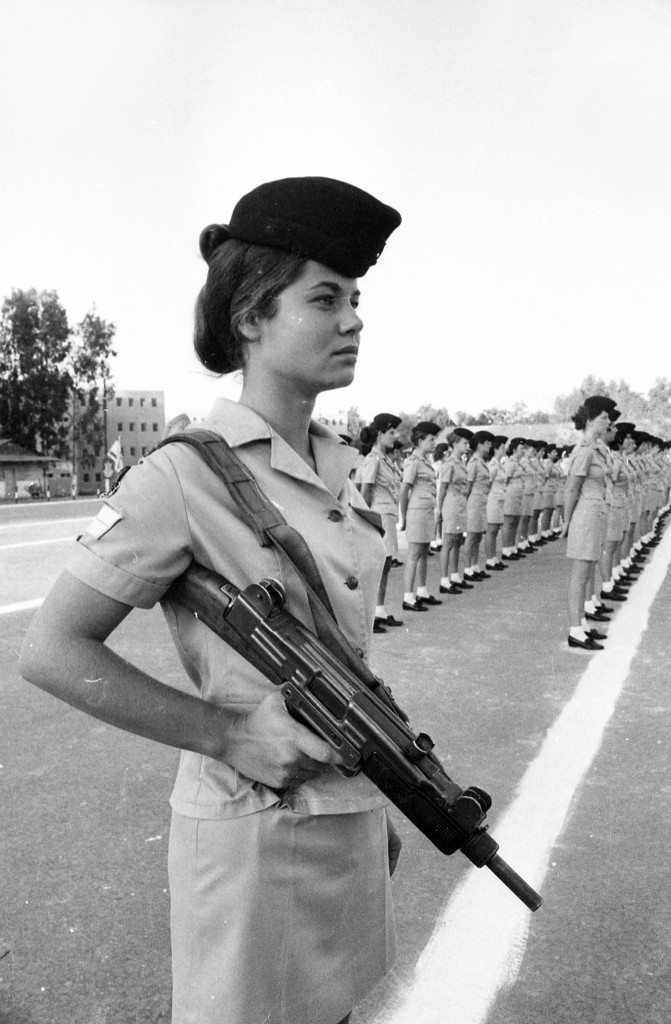
It’s become internationally iconic because it’s a firearm that transcends borders and remains in service to this very day.
The Iconic Uzi
A simple submachine gun, domestically produced for a struggling military force, really took the world by storm. It’s become a cultural icon and a household name. I think business schools should cover the Uzi and its success due to branding, mass appeal, and innovation, but that likely won’t fly these days.
Advertisement — Continue Reading Below
